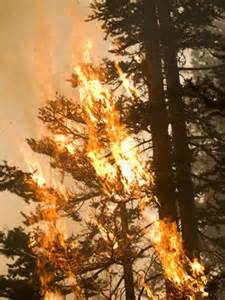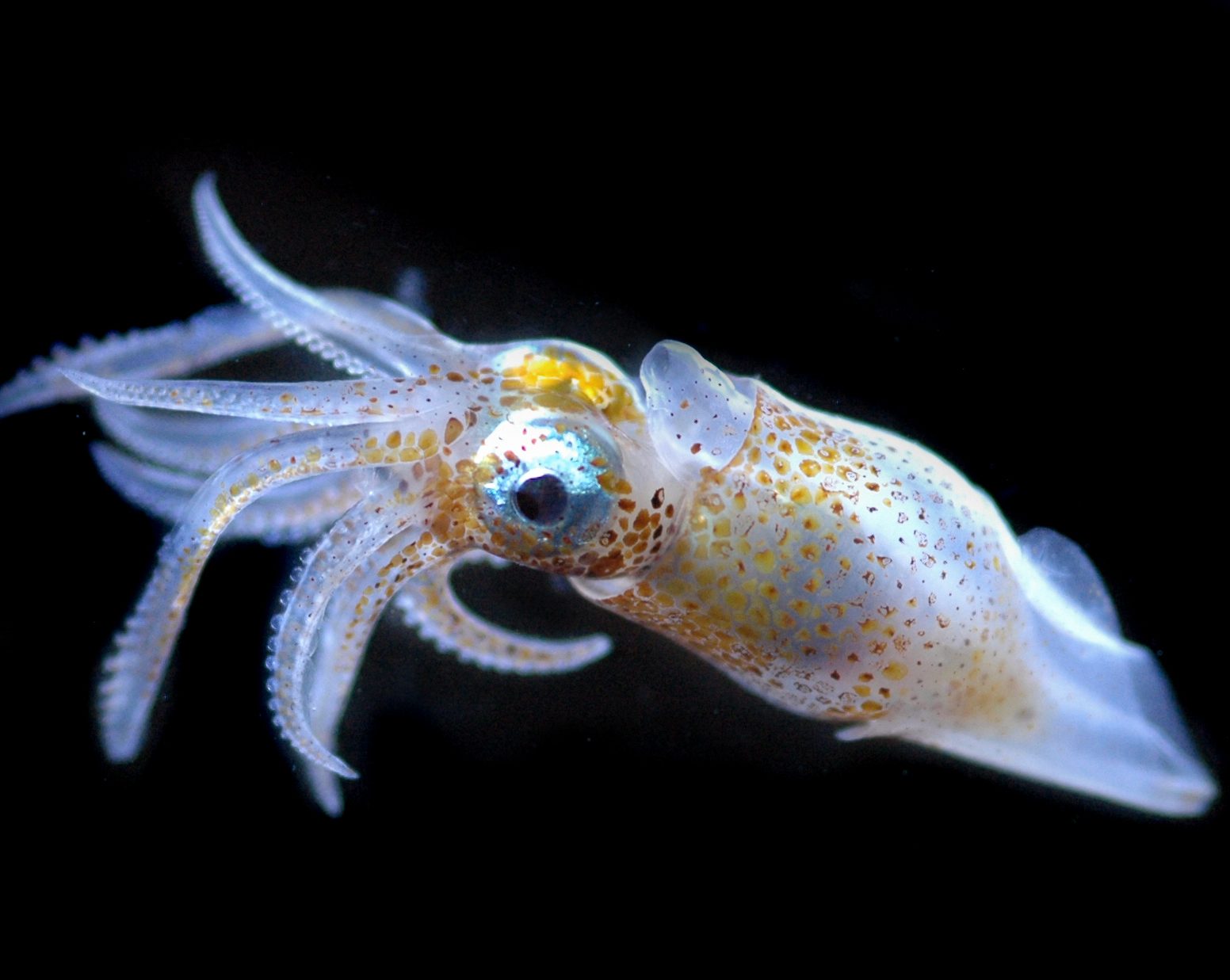How did we get to the point where a rainforest in one of the wettest parts of the contiguous United States is able to catch fire?


How did we get to the point where a rainforest in one of the wettest parts of the contiguous United States is able to catch fire?

Ari Friedlaender, an associate professor in the Bio-Telemetry and Behavioral Ecology Lab of OSU’s Marine Mammal Institute, investigates how whales and seals feed, swim, dive, socialize, mate and migrate — what he calls their “behavioral ecology.”

“You can see flies that were smashed in notebooks, funny sketches, even drops of blood” in the field notes of Victorian-era explorer David Livingstone newly available online, says Oregon State University historian Megan Ward.

Science is connecting the dots between diet and brain function through an unlikely route: your intestine. Researchers at Oregon State University have found new evidence that fats and sugars alter brain function via changes in the microbiome – a complex mixture in the digestive system of about 100 trillion microorganisms.

Stunning images of rare zooplankton garner worldwide citizen input.

We can learn a lot by going back in time, but scientific methods for looking at the past can take, well, a lot of time. Ancient ash, pollen and chemical changes in ocean sediment cores give us glimpses into a long-gone world, but they also provide clues to our future. And yet, analyzing these cores takes weeks, if not months — until now.